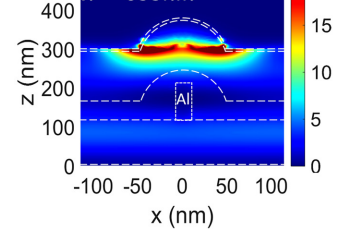
Improving organic solar cells with nanoparticle arrays
Using an evolutionary method, we have simulated the optimum parameters of nanoparticles in arrays for maximum light absorption in organic solar cells. Read more here.

Using an evolutionary method, we have simulated the optimum parameters of nanoparticles in arrays for maximum light absorption in organic solar cells. Read more here.
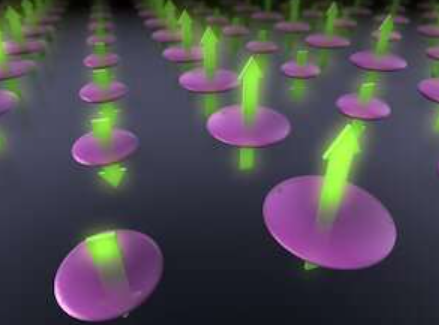
In collaboration with Kyoto University (Japan) and CSIC (Spain), we have demonstrated BICs in non-Bravais lattices of Si nanoparticles. These BICs are designed at telecom wavelengths. You can read more here.
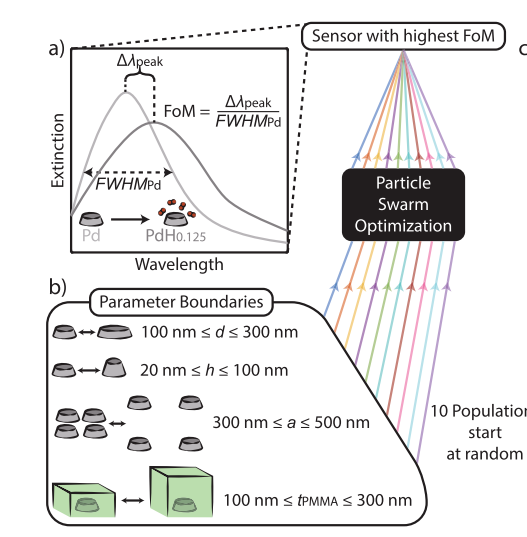
In collaboration with the group of Andrea Baldi at the Vrij Universiteit in Amsterdam, we have demonstrated a world record sensitivity in H2 detection by an evolutionary design of a nanoparticle sensor. You can read more here.
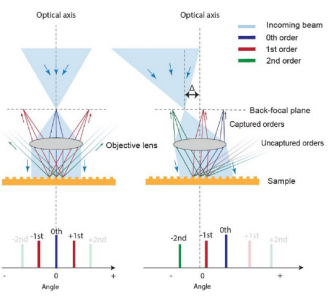
In collaboration with our start-up company TeraNova B.V., we have introduced a method to determine critical parameters in periodic optical structures over large areas and with nanometer resolution. You can read more here.
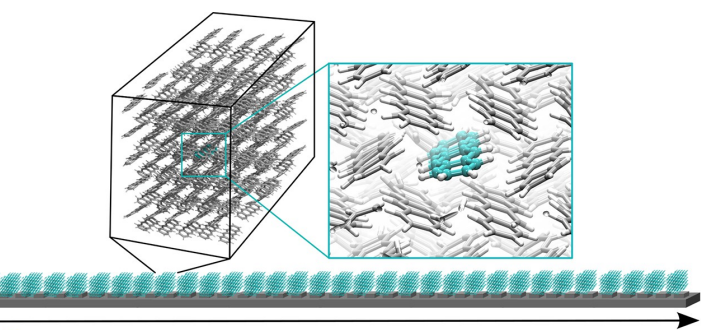
In collaboration with the group of Gerrit Groenhof (University of Jyväskylä), we have demonstrated enhanced exciton transport by strong coupling of tetracene crystals and nanoparticle arrays. You can read more here.
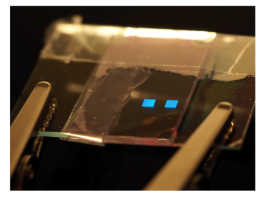
Our manuscipt Electric tuning and switching of the resonant response of nanoparticle arrays with liquid crystals, published by the Journal of Applied Physics, has been selected as an Editors’ highlight. You can read more in this AIP Scilight.
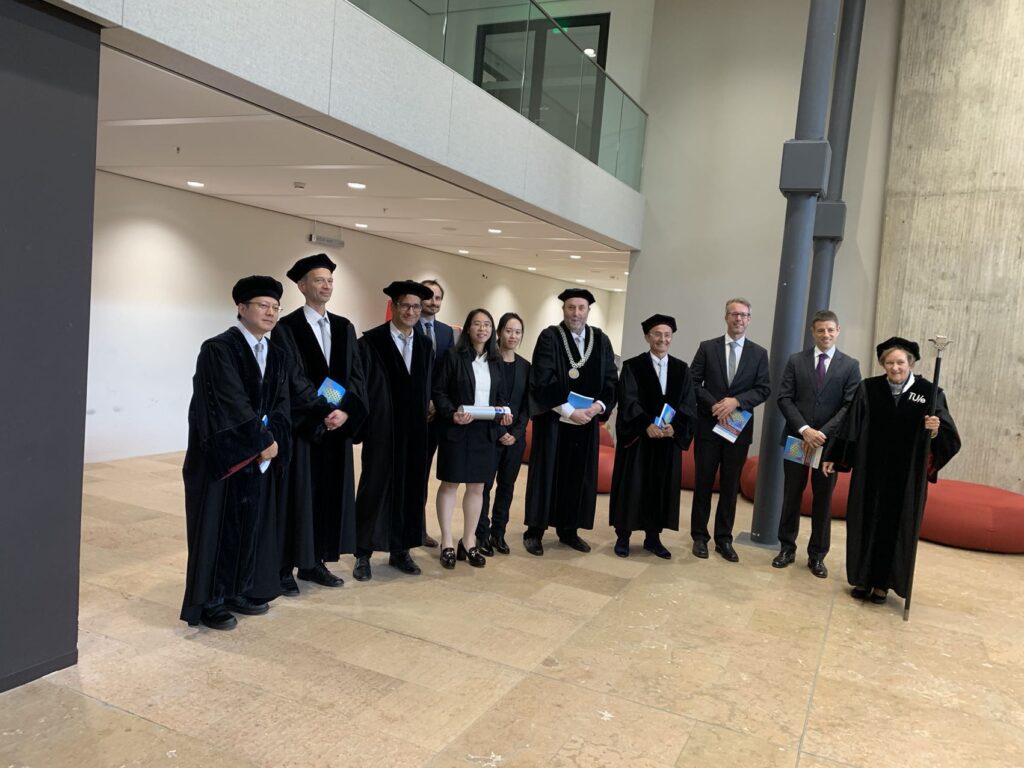
We congratulate Ping for graduating with her thesis “Evolutionary Optimization of Nanophotonic Design for Optical and Optoelectronic Applications”, which was defended in Eindhoven on September 23rd.
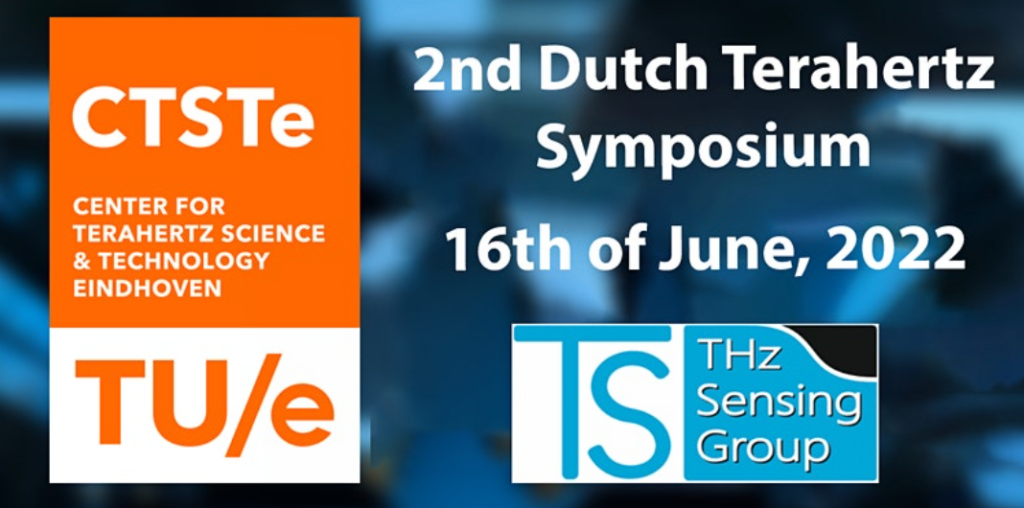
The symposium aims to bring together the Dutch research community in Terahertz science and technology and industry and interested users of terahertz technology. To register, please go to this link.